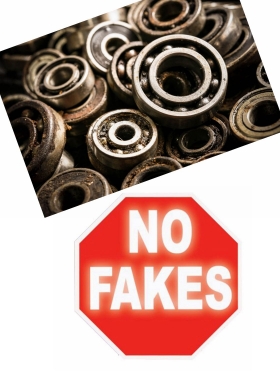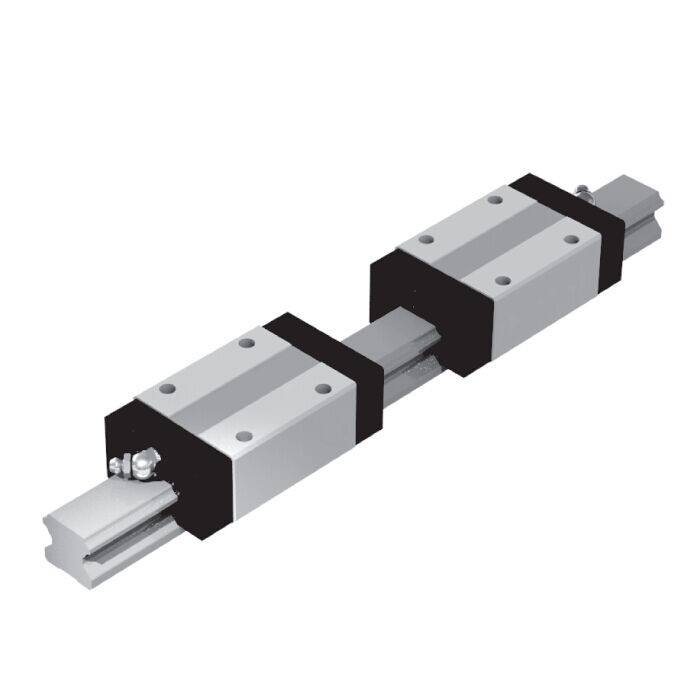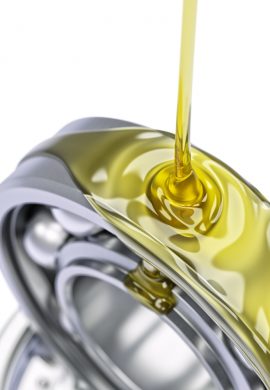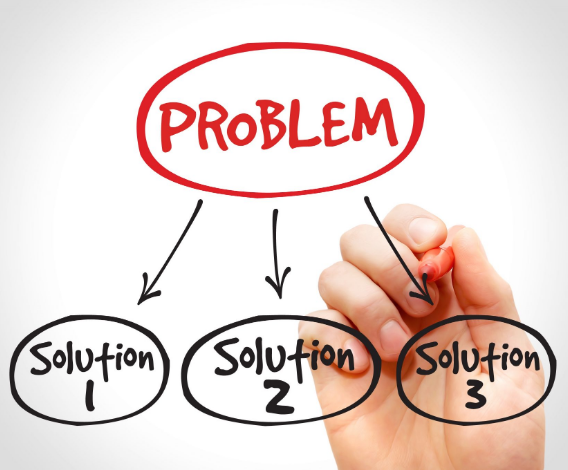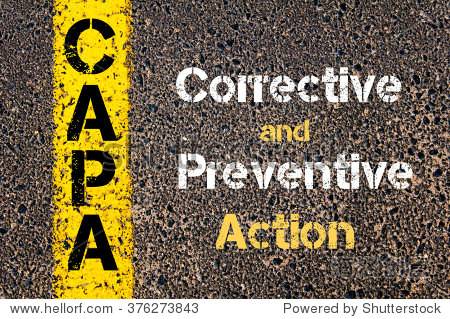When someone tell you that your bearings are expansive Tell them it is not expansive but WORTHY. When someone 壯陽藥 says your bearings are expansive, answer them like this: Porsche, Land Rover are exp…
Bearings made by normal steel or carbon steel, or even repaired from defective ones, e.g. GCr15 V.S. GCr9… Unqualified bearings counterfeit big brand products, from bearing marking to outside pa…
Custom linear bearings can help solve unique problems. Understanding what situations demand a custom linear bearing is key. Each application is a little bit different. For every load that can be perfe…
“Bearings are as good as their lubrication”. The lubrication is the most important factor for bearing life. Several actual statistics show that incorrect lubrication causes more than 50% o…
Introduction to Six Sigma In today’s information age, news spreads faster than ever. When an event happens halfway around the world it can become common knowledge within hours or even minutes. Compani…
Introduction to Failure Mode and Effects Analysis (FMEA) There are numerous high-profile examples of product recalls resulting from poorly designed products and/or processes. These failures are debate…
Introduction to Problem Solving In the current world market, consumers and organizations have a vast amount of choices regarding the brand or manufacturer of products, parts and materials available to…
Introduction to Corrective Action Preventive Action (CAPA) When illness strikes and we need medical attention, we put our trust in the medical products and care givers to provide relief. We expect the…
Now we have the correct equipment for the corresponding application and now comes the turn to the installation. An incorrect installation can reduce the useful life of an equipment due to premature fa…
Bearings for Car Gearbox Bearings for Car Air Conditioning Compressor

